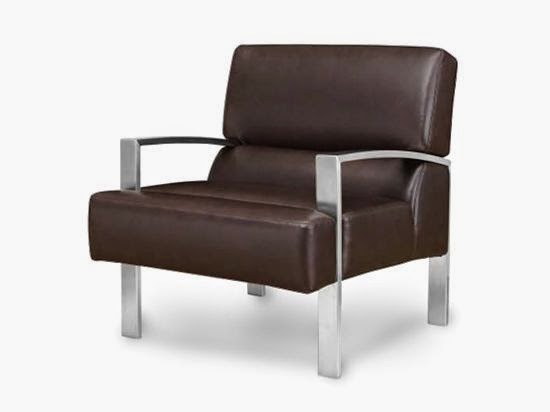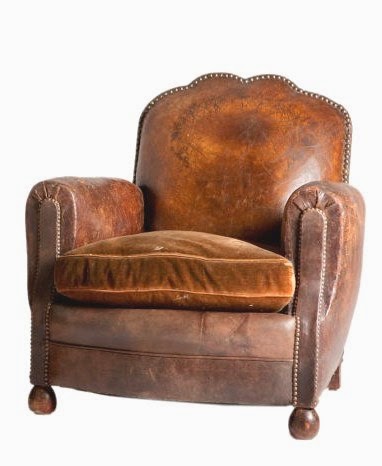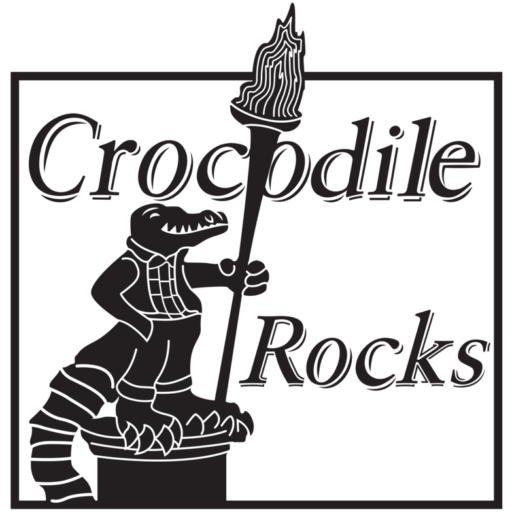Why Soapstone?
Our Theory:
It really depends on an individuals personality, whether Soapstone would be a good fit. If you are a perfectionist (Dania style), this is probably not your stone. But if you like “patina” similar to Anthropologies’ charm, than you will be sure to fall in love!! You can decide what kind of tone/style you want these counter-tops to exude. Just like butcher block, it can scratch. You can decide to leave it; or sand it out with comet or sandpaper & re-oil with mineral oil! It’s just like leather. If you like soft, worn used leather, you would like soapstone, marble, sandstone & limestone. If you like tight, shiny, new leather, you would be happier with granite or man made quartz.


PRO’S
It’s on average 3 lbs a square foot heavier than granite, so it’s super dense.
It can withstand up to 4,500k degrees of heat. It’s the #1 choice for pizza ovens.
It’s virtually non-porous, therefore it’s impervious to heat, bacteria and stains due to the natural composition of the soapstone
Soapstone is not affected by acid, hense the reason why they used to use it in chemistry labs.
It can’t compare to any other stone, for it has such an old world & down to earth feel; not to mention that it’s super smooth to the touch!
It’s a do it yourself type of material. Meaning you can use wood tools to cut & shape the edge.
CON’S
If you’re a perfectionist, you may not be able to get past the “patina”.
It’s a pretty dark material, coming in different shades of greys, greens, & blacks.
It’s heavy in weight, so you may need an extra set of hands to help install. Weighing on average 23 lbs per sq/ft.
It’s a fairly matte finish. You can’t get it in a super high shine.
HARDNESS
Hardness is determined by the ability of one mineral to scratch another. Federick Mohs, a German mineralogist, produced a hardness scale, using a set of ten standard minerals. The scale arranges the minerals in order of increasing hardness. The higher the number, the harder the mineral.
Do I want a “harder” soapstone, or a “softer”? What is the difference?
The difference really is, are you looking forward to “patina”? If so, the softer soapstone, it is! They both will accumulate patina, over-time. But the softer one will sooner. It is a bit softer, but than again it’s a little easier to repair. Most scratches disappear with a coat of mineral oil. If the scratch is still visible, just take 220 sandpaper in a circular motion and you’re good to go. The “softer” soapstone’s, are indeed still hard. So try not to get in your mind, that because it’s a bit softer, it’s not going to turn into a pile of sand if you’re hard on it. The way you can determine the hardness, is by following the MOH’S scale. It also helps to see the stone raw or dry (before it’s been oiled). Usually the darker ones are a bit harder, than the lighter ones. This is because the harder ones have less talc. The lighter ones are the original soapstone that we’ve always seen. They’re the ones that charmed us in science class. These darker ones are still soapstone; but they have less talc and more schist. The lighter they are, the better they are for retaining temperature. So if you want to do a pizza oven or firebox from soapstone, you’ll want to choose the softer variety.
If you’re not sure if you’ll like it, come out and take a look at the slabs. We have some that are oiled and some that aren’t. You’re welcome to wet them down with a spray bottle. We have free samples that you’re welcome to take home & see how they fit in your lighting. There is also a stone fabricator next door to us that has a few counter-tops in soapstone. They’ve been installed for years, so they’ve accumulated “patina”. Seeing them, will let you know right away if it’s the stone you’ve been looking for!
© Crocodile Rocks Inc.
